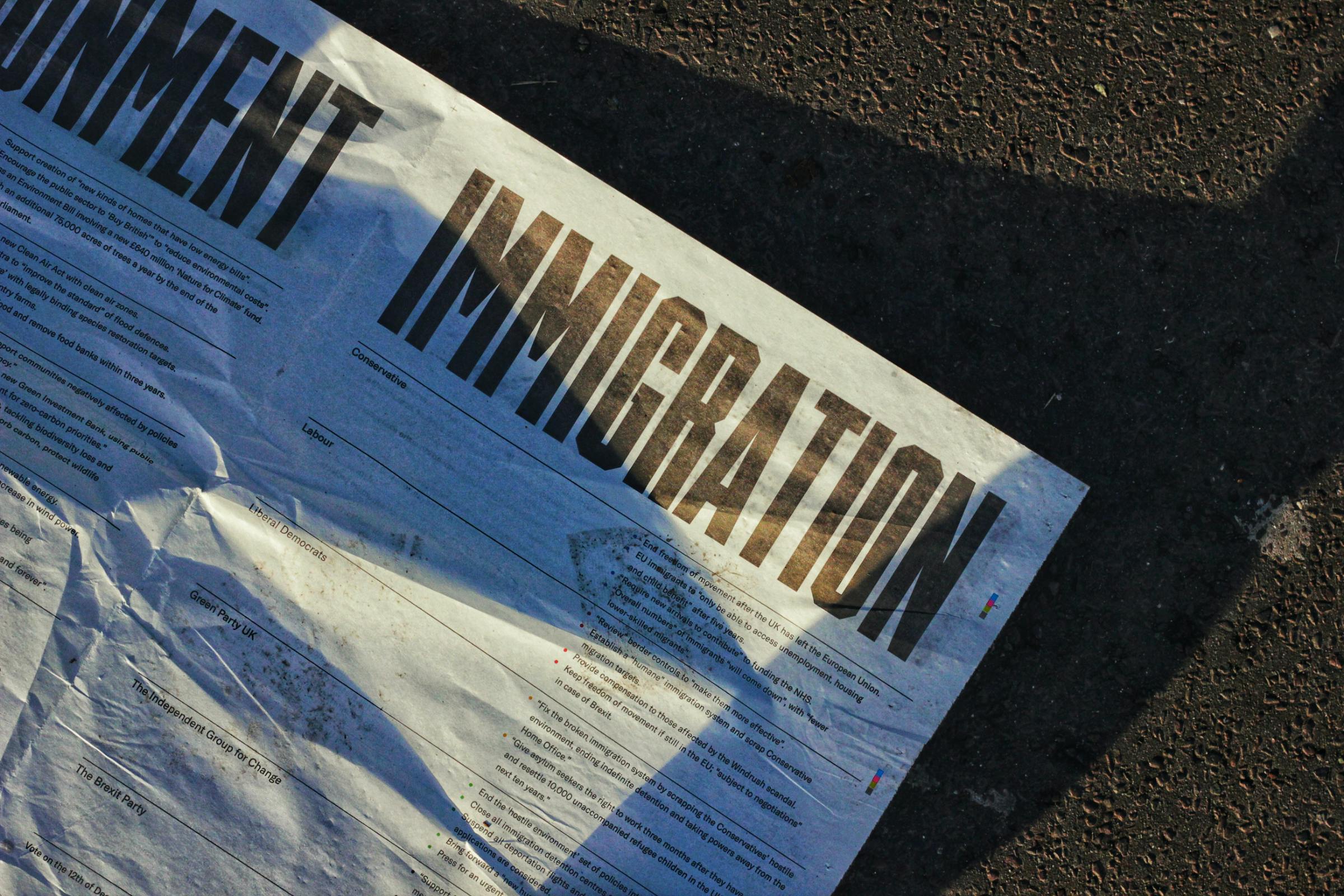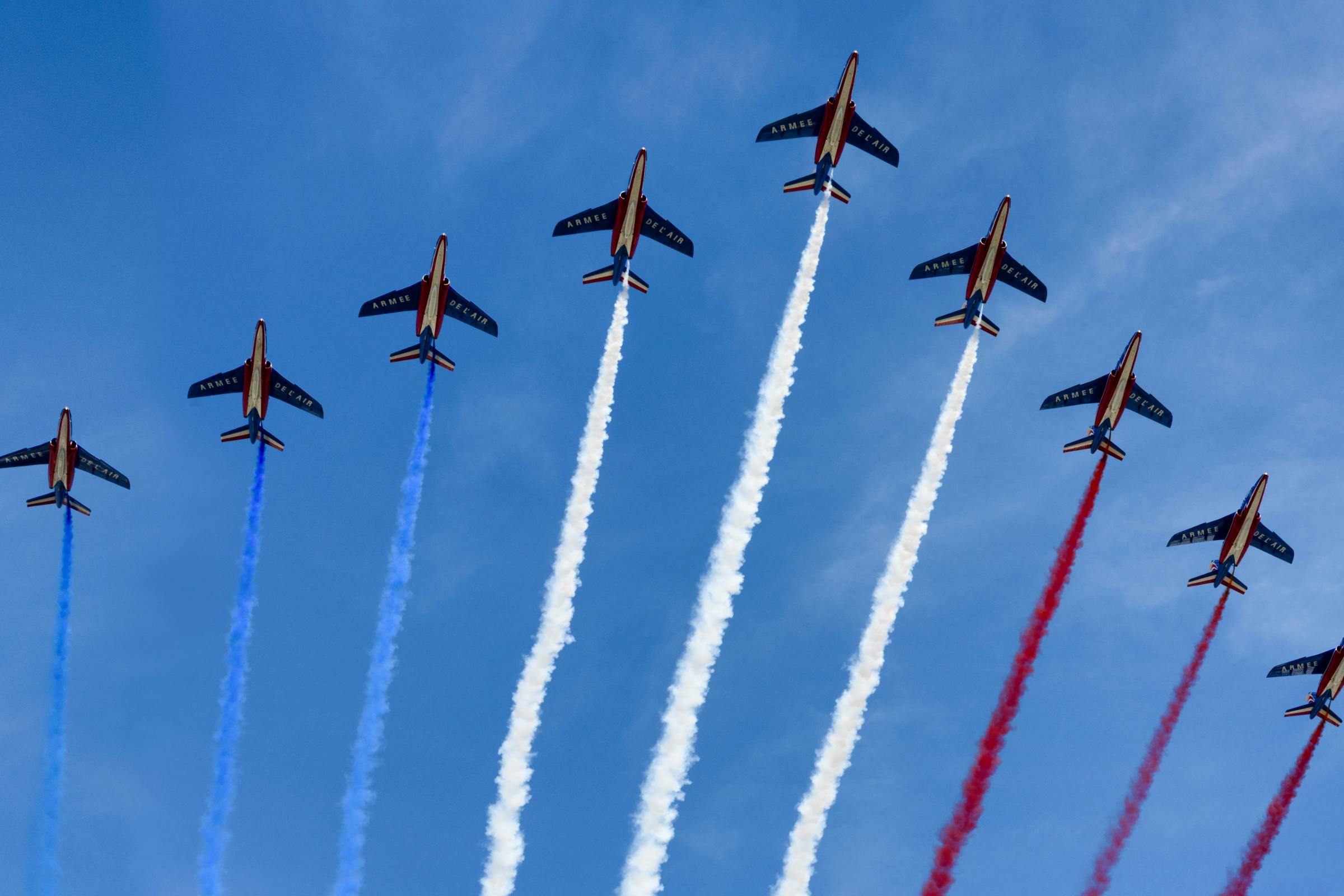For those who have been following along with the current immigration debate in the United States, one of the main problems or concerns according to experts is that the U.S. needs to increase their quotas on legal immigration. Many have commented that the quotas work against applicants from populous countries, as well as from middle income, less densely populated countries, due to the fact that quotas do not allow enough visa applicants to become permanent residents (green card holders) if they have been waiting for years, or perhaps decades, for their priority date to become current.
The problem tends to affect consular processing the worst, because consular applicants are simply unable to get the visa they would need to travel to the United States (and adjusting ones status from inside the U.S. is a much shorter wait time).
The U.S. travel ban will be lifted on November 8th for 33 different countries and for those wishing to travel to the United States on a tourist visa or for those who are simply visitors— but even lifting the travel ban doesn’t ameliorate the current immigration backlog crisis as B1 or B2 visitors cannot apply for a visa while they are in the United States, and won’t have working authorization either.
Let’s take a closer look at which nationalities tend to be at a disadvantage when it comes to the immigration backlog, and which country applicants are having a difficult time getting their visas current for an actual U.S. consular appointment:

Source: State Department Annual Report of Immigrant Visa Applicants
As we can see from the chart above, one of the biggest categories of backlogs comes from applicants who are trying to secure employment based or family based visas from Mexico. The backlog disproportionately affects immigrants applying for a visa from Mexico because of the following reasons:
1. There is currently a very high number of Mexican citizens applying for family based visas in the U.S. per the country quota which leads to a severe backlog. This has to do with geographic proximity to the U.S. as well as those seeking to reunify with their family members in the U.S. already.
2. Family based preference quotas haven’t been amended since 1990, and the number of applicants per FY has greatly increased.
3. Through August of 2020, consulates in Mexico had already received 80,000 asylum applications per that FY. So many asylum requests inevitably delays processing and resources needed to adjudicate immigration applications and slows down the system.
Other nationalities that tend to be affected disproportionately, besides China and India, include somewhat smaller economies such as Vietnam, the Dominican Republic, and Bangladesh. Over 8,800 Bangladeshi students studied in the United States in the 2019/2020 academic year, making Bangladesh the 17th country worldwide sending students to the United States for higher education. As well as India, Bangladeshi scholars and innovators go on to pursue other visa opportunities after graduating.
There has been an uptick in employment based visa applications from the Dominican Republic in the past year because of the fact that a considerable part of the Dominican GDP is made through tourism, which was severely affected and almost non-existent in 2020.
In addition, Vietnamese applicants tend to have a significant diaspora in both Texas and California, contributing to the world of business management, the sciences, and arts. According to Migration Policy, a research institute, 33 percent of all Vietnamese immigrants in the U.S. in 2019 also worked in the Service Sector.
Overall, the above chart shows that it is not simply Mexican citizens who are caught in the immigration backlog. The fact that between 22 percent of the backlog is made up of several applicants from multiple nationalities shows that the incentive to file an employment based or family based visa, and demand for such visas, has only grown in recent years as the quotas have remained rigid and unchanged since 1990.














